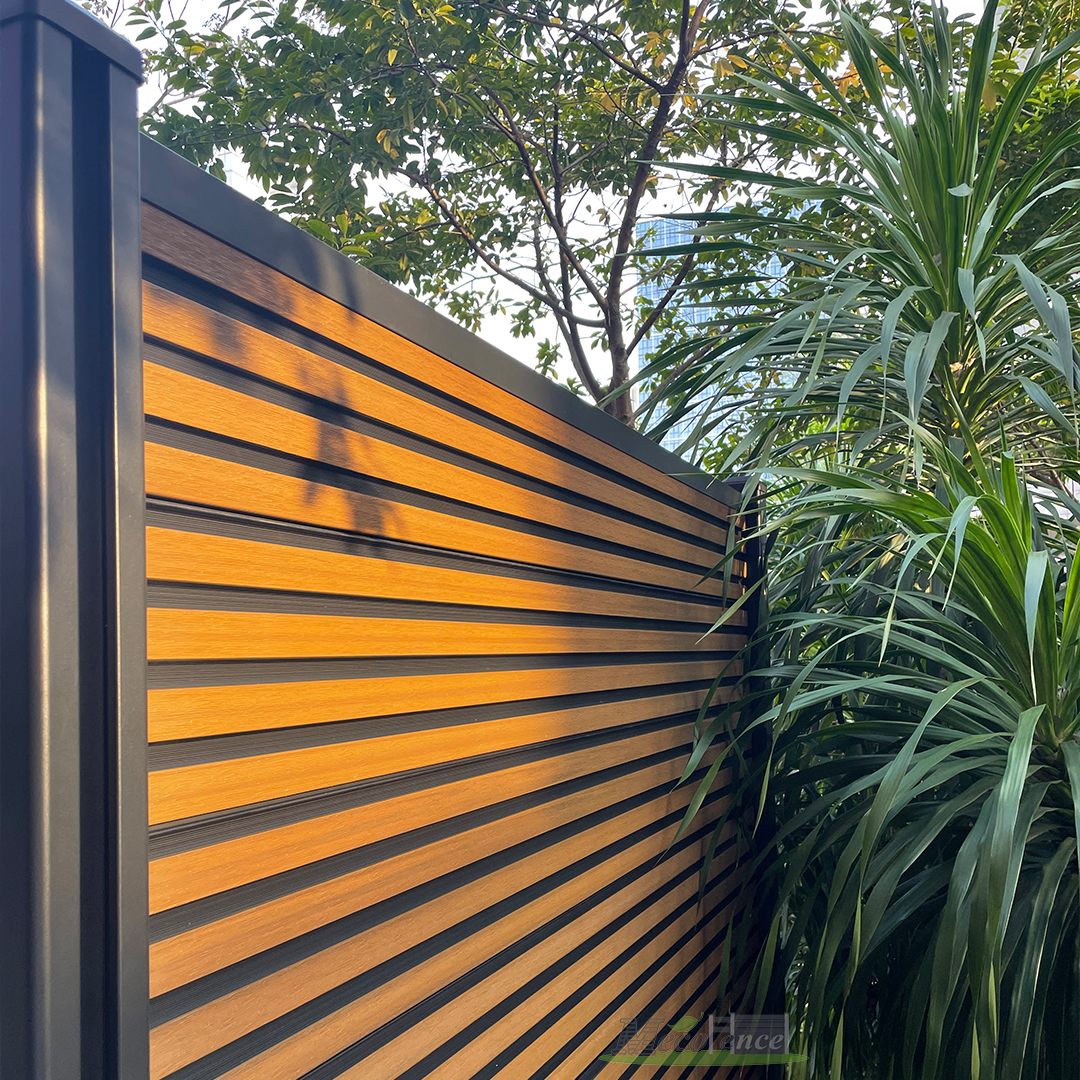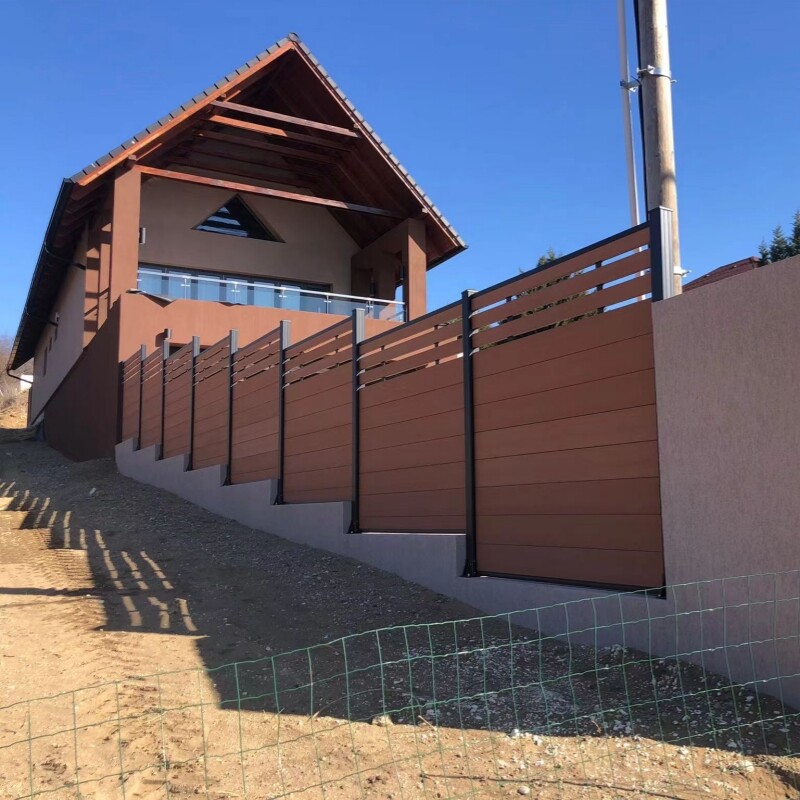Email cannot be empty
Password cannot be empty
Email format error
Email cannot be empty
Email already exists
6-20 characters(letters plus numbers only)
The password is inconsistent
Email format error
Email cannot be empty
Email does not exist
6-20 characters(letters plus numbers only)
The password is inconsistent


In 2025, the fencing market is more competitive than ever. Property owners demand solutions that look great, last for decades, and won’t drain budgets with constant upkeep. Enter WPC fencing—an engineered blend of wood fibers and thermoplastic polymers that delivers the warmth of wood with the resilience of plastic.
MecoFence’s 2025 composite panels set the new standard, combining cutting-edge manufacturing with eco-friendly materials. Let’s explore why WPC fencing(Wood-Plastic Composite fence) is capturing market share and why you should act now.
Wood-Plastic Composite (WPC) fencing merges reclaimed wood fibers (or flour) with high-performance plastics such as polyethylene, polypropylene, or PVC. This co-extruded material can include up to 95% recycled content, significantly reducing landfill waste and deforestation pressures. Unlike traditional timber—which can warp, splinter, and rot—WPC retains structural integrity and beauty for decades.

6 Compelling Benefits of MecoFence WPC Panels
WPC fences withstand extreme weather—from scorching sun to freezing winters—without cracking or fading. Lab tests show WPC endures over 10,000 freeze-thaw cycles without damage, outlasting most wood species.
Traditional wood fences require annual staining or painting. In contrast, MecoFence WPC panels need only a simple rinse once a year, cutting maintenance costs by up to 70% over 20 years.
Each panel contains up to 50% post-consumer recycled plastics (e.g., milk jugs) and reclaimed wood fibers, supporting a circular economy. At the end of life, WPC boards are themselves fully recyclable.
Select from 6+1 colors—from natural cedar grain to sleek slate—enabling architects and homeowners to create custom aesthetics. Panels can be installed straight, curved, or stepped for complex terrains.

MecoFence’s modular posts and snap-in panels allow a two-person crew to install 100 feet of fencing in under eight hours—accelerating project timelines and saving on labor.
Backed by a 20-year limited warranty covering structural integrity and color retention, MecoFence ensures peace of mind for decades.
In summary, Wood-Plastic Composite (WPC) fencing represents a methodical advancement over traditional materials, delivering quantifiable benefits in durability, maintenance, sustainability, and design flexibility. MecoFence’s 2025 composite panels have been validated to:
Moreover, our latest panel profiles and color palette—including an innovative “Crimson Guard” finish—strategically counter the traditional red-fence segment. By combining the iconic warmth of redwood hues with composite resilience, MecoFence captures market share from red-stained timber while eliminating issues of splintering, rot, and frequent repainting.
Adopt MecoFence’s scientifically engineered WPC solution today to secure a future-proof perimeter that outperforms and outlasts the red-fence alternatives.
Vinyl fencing resists rot but can crack and often looks artificial. Solid wood offers authentic beauty but demands frequent upkeep and is vulnerable to pests. WPC combines the best of both—realistic wood grain, plastic durability, and minimal maintenance.
WPC panels typically cost 15–25% more than wood per linear foot. However, factoring in 70% lower maintenance and a lifespan exceeding 25 years, total cost of ownership is 10–20% less over two decades.
No. WPC boards come with factory-integrated pigments that resist UV fading. Painting is unnecessary and may void warranties. Instead, choose from MecoFence’s fade-resistant palette.
By using recycled plastics and wood waste, WPC fencing reduces landfill contributions and forest depletion. End-of-life recycling keeps materials in the circular economy.
A yearly wash with mild soap and water restores original luster. For tougher stains—oil, graffiti—use a soft brush and standard household cleaner. No sanding or power-washing required.